Work to save Pictish carvings at Wemyss Caves intensifies
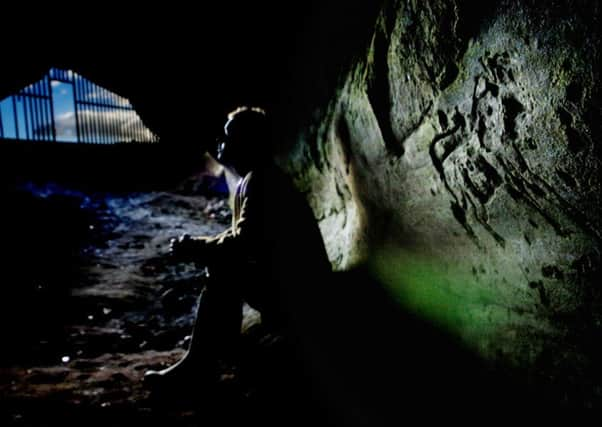

Members of the Save Wemyss Ancient Caves Society (SWACS) are due to be trained by conservators at Historic Environment Scotland to safely remove graffiti from the caves that were used by Picts in the 6th and 7th Centuries.
Evidence of earlier Bronze Age occupation has also been found.
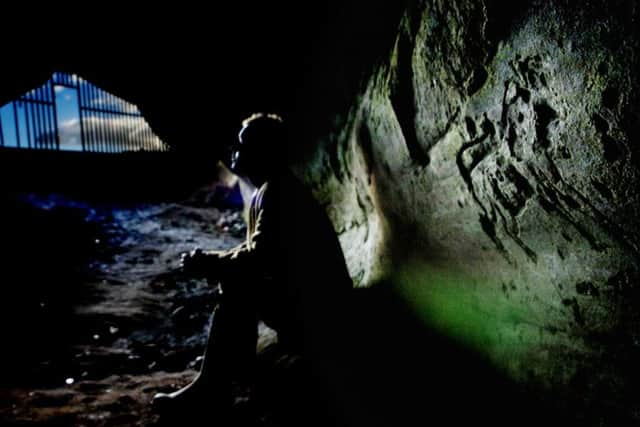

Advertisement
Hide AdAdvertisement
Hide AdA series of informal Pictish drawings can be found in five of nine of the recorded caves near East Wemyss with later Christian symbols, likely left by pilgrims and hermits, charting the evolution of how the caves were used.
They later provided a gambling hideaway for local miners and a resting place for fisherwomen.
Today, the caves - classed as a scheduled monument of national importance - are increasingly at risk from coastal erosion and antisocial behaviour.
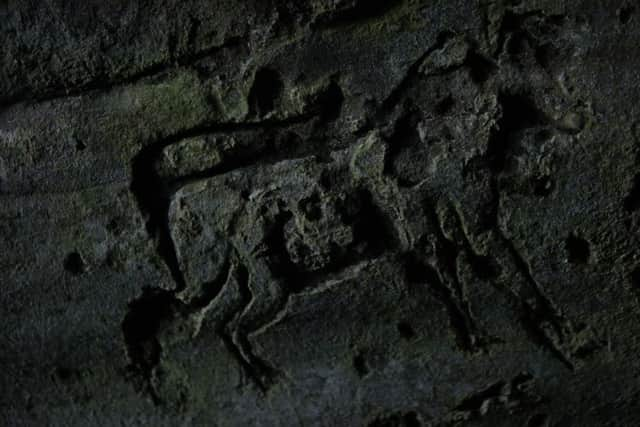

SWACS are working to keep the caves fully open to the public while protecting their historic value.
Advertisement
Hide AdAdvertisement
Hide AdMike Arrowsmith, chairman of SWACS, said: “Without the carvings we don’t have a heritage site. The protection of the carvings always has to be our number one priority.”
Jonathan’s Cave holds the most varied collection of Pictish symbols and is perhaps most at risk given the ease of public access to the site.
Pictish beasts, birds, animals and fish, together with a boat with high prow and stern, rudder and five oars can be found on its walls and date from the 6th to 8th Century.
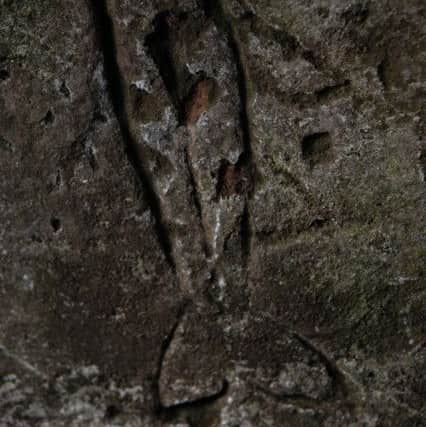

At Court Cave, a human figure holding a club in the left hand - which is possibly standing next to an animal - can be found.
Advertisement
Hide AdAdvertisement
Hide AdMr Arrowsmith said: “The carvings are under threat from a number of sources. There is coastal erosion as well as the fact this was once a heavily industrialised area. Then there are the graffiti attacks. We suffered a very bad one earlier this summer.”
Then, a Pictish-era fish carving was narrowly missed by paint with a more modern fish depiction daubed over. A Christian-era Trident cross was also vandalised.
Mr Arrowsmith said the hope was not to have to barricade off the caves to the public.
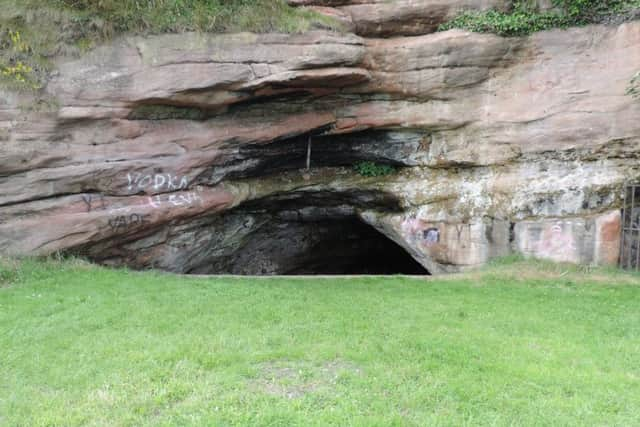

One option could be to have Perspex panels over the drawings to protect them.
Advertisement
Hide AdAdvertisement
Hide AdA similar network of caves in England are open during the day but gated off at night, he added.
“We really do want to make it a place for everybody to use and really expand the things that are there. We want a visitor centre at the site, for example, and draw more people to this stretch of the Fife Coastal Path.
“The caves are a place that people locally are very fond and 99 per cent of people who go there respect what is there.”
Mr Arrowsmith said the cave symbols were possibly among some of the earliest Pictish-era drawings in Scotland.
Advertisement
Hide AdAdvertisement
Hide AdPicts are believed to have farmed the land that once lay infront of the caves which has now been eroded in part with a stretch of shingle now formed.
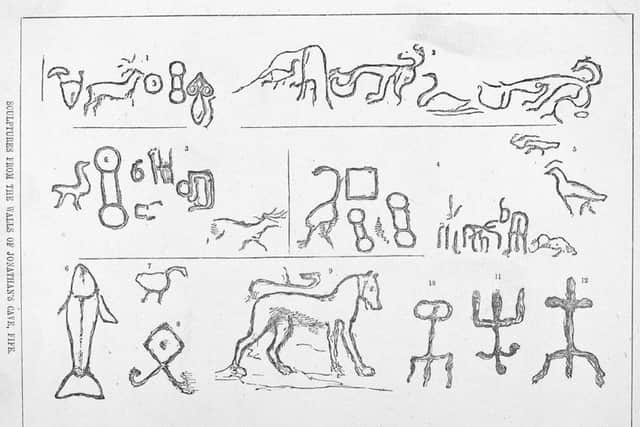

He added: “Most Pictish carvings are found on monumental stones or in the National Museum of Scotland. Almost all of them are moved from where they were originally. They are out of context.
“At the Wemyss Caves, we know exactly where these carvings were made.
“The origins of the Picts are still very contested in this area and the cave drawings are this really important resource.
Advertisement
Hide AdAdvertisement
Hide Ad“The fact that these drawings appear less complex could mean a number of different things. They are likely to have been battered by the salt and the wind, plus the soft sandstone is not great for their preservation.
“The other explanation could be that they are very early drawings of the era and were done before the style settled down.
“If that is the case, the drawings become even more significant.”
Vandalism at the site has long powered the efforts to save the caves with the group first formed in the late 80s when someone drove a car into Jonathan’s Cave and set it on fire. A number of drawings were destroyed as a result.
Advertisement
Hide AdAdvertisement
Hide AdA fire in the basement of nearby Macduff’s Castle, which is now largely a ruin, also left considerable damage. The remains of the property were being used as a den with a two-seater sofa moved into the site.
Outreach work and educational projects continue in the community, Mr Sullivan added.
The Wemyss Caves Conservation Management Plan was signed by several bodies - including the volunteer group, Historic Environment Scotland, Fife Council and cave owners Wemyss Estates - to protect and manage the site for the future.
The training in how to remove graffiti will allow the action group to respond immediately to fresh vandalism.
Advertisement
Hide AdAdvertisement
Hide AdMr Arrowsmith added: “It is a race against time in the sense that the longer the caves go unprotected against the elements and people the more the caves will deteriorate.
“It’s astonishing what we still have these Pictish carvings after 1,500 years. We have an obligation to protect them.”
